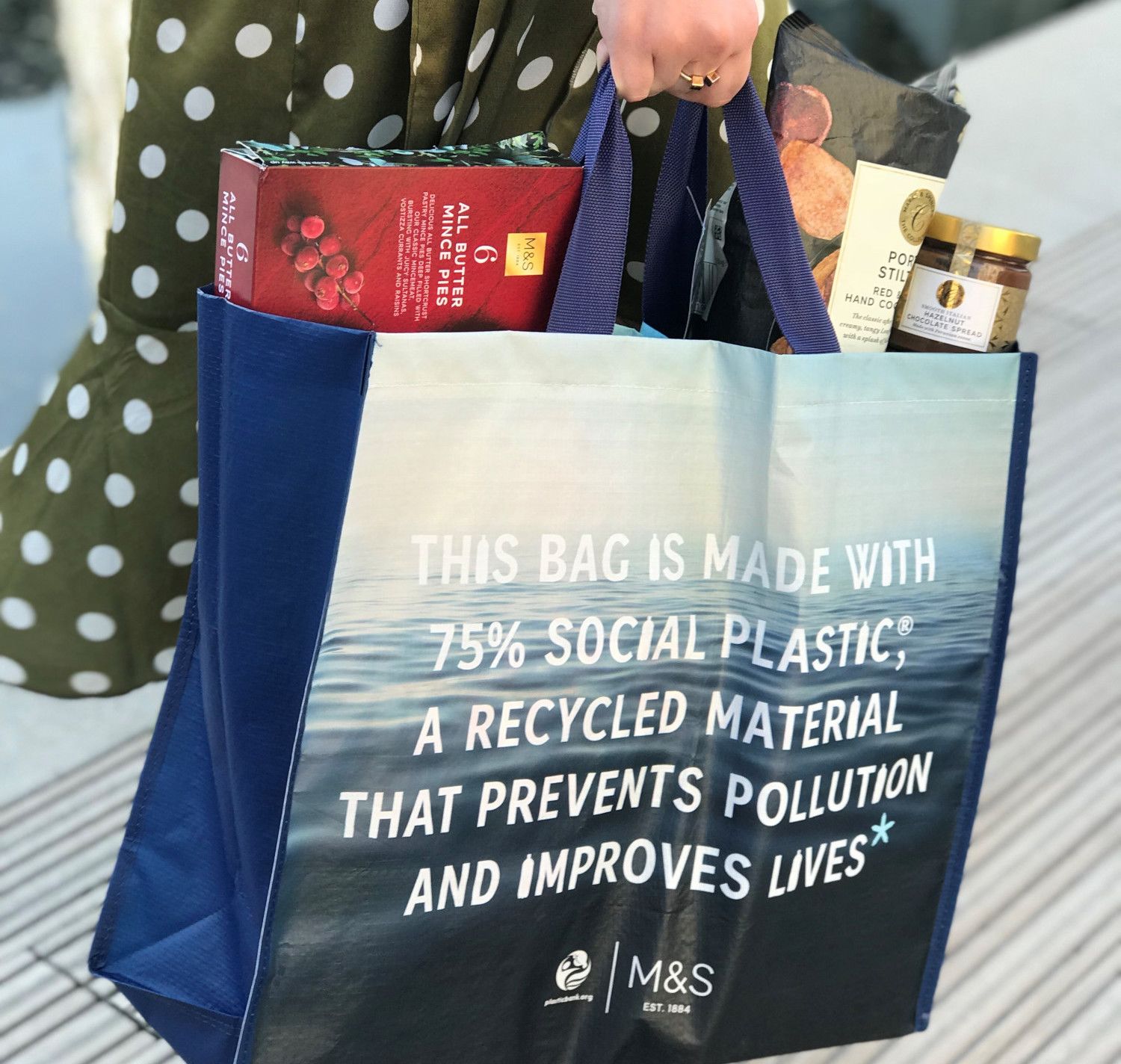M&S collaborates with Maersk on Green Logistics in the Supply Chain
Marks & Spencer partners with logistics corporation-Maersk and strives to improve the environmental performance of the whole supply chain.
84.32
Total Possible Score: 1007
Out of 800 total brands1
Out of 30 total brands in the Retailers industry5
Out of 122 total brands in the Textile industry83.80
Total Possible Score: 1007
Out of 800 total brands1
Out of 30 total brands in the Retailers industry3
Out of 122 total brands in the Textile industryThe total score of the company's Corporate ClimateAction CATI Index evaluation is converted by a factor of 20% to Indicator 4.1 of the Green Supply Chain CITI Index.
As carbon hotspots vary from industry to industry, a weighting factor applies across four of the five CATI activity areas: Measurement & Disclosure (15%; Indicator 2.3.1 (6%) does not apply), Carbon Targets Setting (14%), Performance against Carbon Targets (12%) and Climate Action (43%). The default weighting factors for each industry are shown in the CATI Evaluation Guidelines.

M&S has been committed to promoting energy saving and emission reduction projects in the supply chain in China, encouraging factories to continuously reduce resource waste in the production process, eliminate waste on the environment, save resources, reduce waste generation and benefit the society.